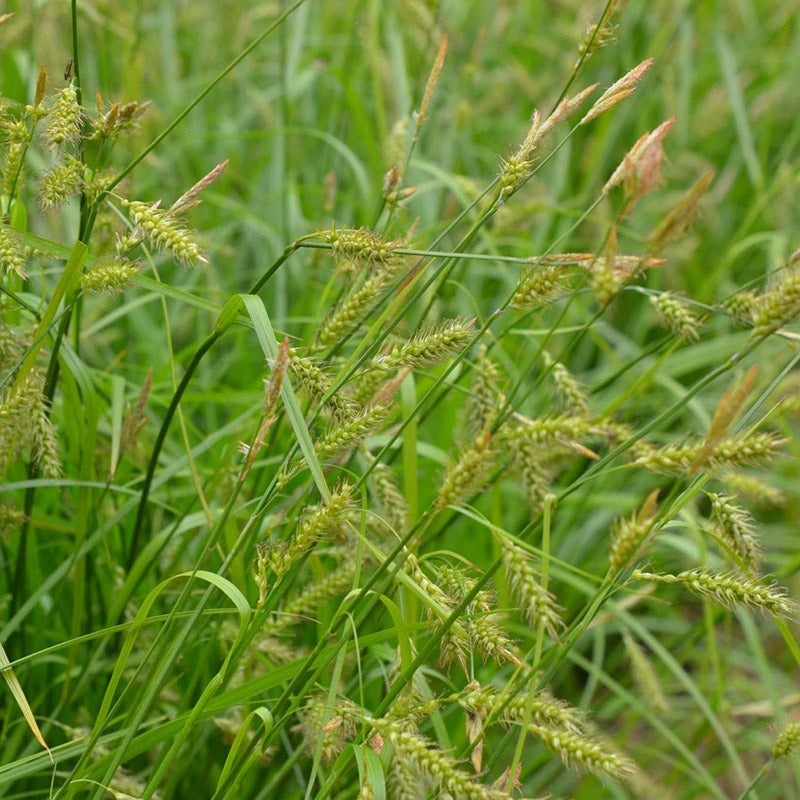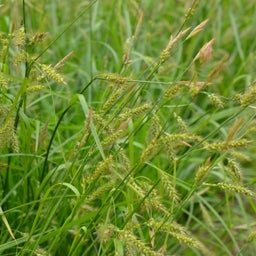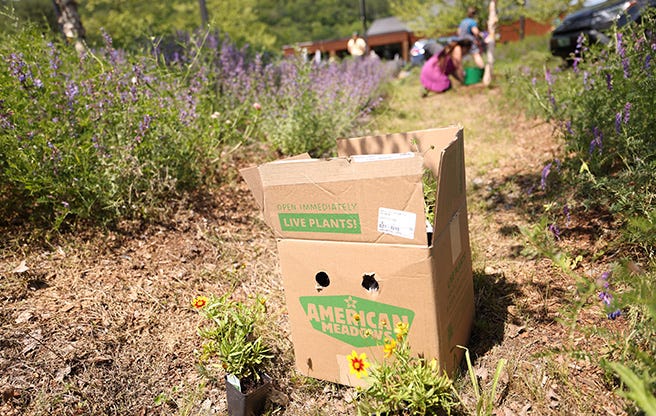Long Beaked Sedge
SALE | SAVE 25%
SKU: AM020964
Shipping:
Shipping begins the week of May 6th, 2024
Overview
Long Beaked Sedge is a lovely North American native species selected for its desirable ornamental qualities. It sports fountain-like foliage with narrow, glossy, lime-green leaves. In early spring, unique wheat-like flowers and seeds are held above the foliage on tall slender stems. The flowers add movement and texture to the garden. Mid-summer brings a new flush of growth as it gently naturalizes. Sedge is a wonderful native groundcover perfect for a woodland or shady area. It can also thrive in rich soil in full sun. (Carex sprengelii)
key features
Botanical Name
Carex sprengelii
Advantages
Native, Attracts Birds, Deer Resistant, Groundcover, Low Maintenance, Winter Interest, Mass Plantings
Growing Zones
Zone 3, Zone 4, Zone 5
Light Requirements
Half Sun / Half Shade, Full Shade
Soil Moisture
Moist / Wet
Mature Height
12-36" tall
Mature Spread
24" wide
Bloom Time
Summer
SKU
AM020964






